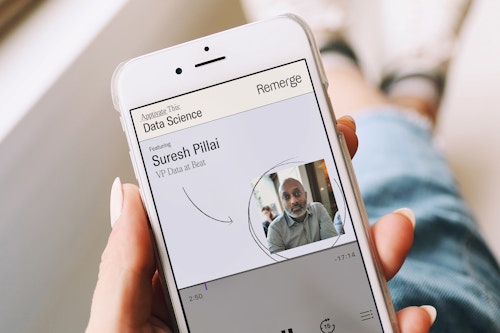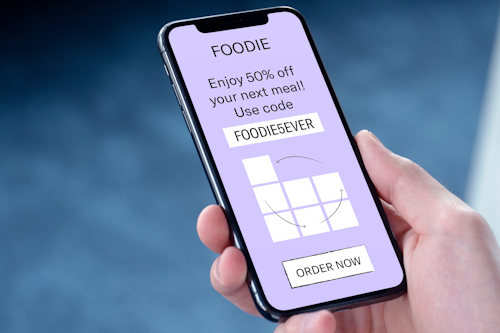Ep. 99 Advanced Modeling for Mobile
agosto 27, 2021

Today on our Data Science Segment, host Johannes Haupt interviews a theoretical physicist who sheds his expertise in complexity science, or complex systems, in the world of mobile apps. They discuss uplift modeling, incrementality and causal modeling using machine learning, multi-touch attribution, and marketing mix models.
Suresh Pillai is a theoretical physicist by training and the Vice President of Data at Beat. Beat is an information and technology services company that created a ride-hailing and taxi mobile app. Beat claims to be the fastest growing app in Latin America (p.s. they’re hiring).
Listen and Subscribe
Questions Suresh Answers In This Episode
- How do you approach mobile data science from your theoretical physics perspective?
- How have you used uplift modeling or incrementality?
- Define propensity in the context of uplift modeling.
- Can you explain in more detail the marketing settings you never turn off?
- What is the difference between how people use uplift modeling, incrementality and other causal machine learning?
- Do you have any tips for people to make sense of attribution in the complex setting of multi-touch marketing?
- We’re losing unique identifiers for users with the change to iOS14. What does this change for you? Has it been a problem? And do you think there’s a role for marketing mix models here?
- What’s the most interesting insights you’ve seen from incrementality models? What really surprised you? What changed your view on how customers are acting?
Timestamp
- 0:41 Suresh’s background & complexity science
- 2:14 A physicist’s view of complex systems in mobile data science
- 5:03 The granularity of incrementality and uplift modeling
- 6:05 Sure things, persuadables, lost causes, and sleeping dogs
- 11:31 Uplift modeling when there is no baseline
- 13:31 Uplift vs causal vs attribution models
- 16:48 What people get wrong with multi-touch attribution
- 25:44 Dealing with the challenge of the iOS14 update
- 27:50 The role of marketing mix modeling
- 33:51 Validation: Engaging customers after conversion
Quotes
(2:25-2:52) “When you’re thinking about any system, especially a complex system, and you’re given a problem, you need to decide which level of granularity you choose to model and understand that system. So different levels enable different insights, but it’s also a practical thing. If it’s a really complex system it may be too much to understand at the atomic level. What I say is you can’t predict anything at the atomic level because there’s too much going on. And we know this in physics, too.”
(24:23-24:35) “When I come to a website, I don’t care what channel I came through. I don’t think about it consciously. There’s no reason to organize how you measure incrementality based on channels. Channels don’t exist. Customers exist.”





